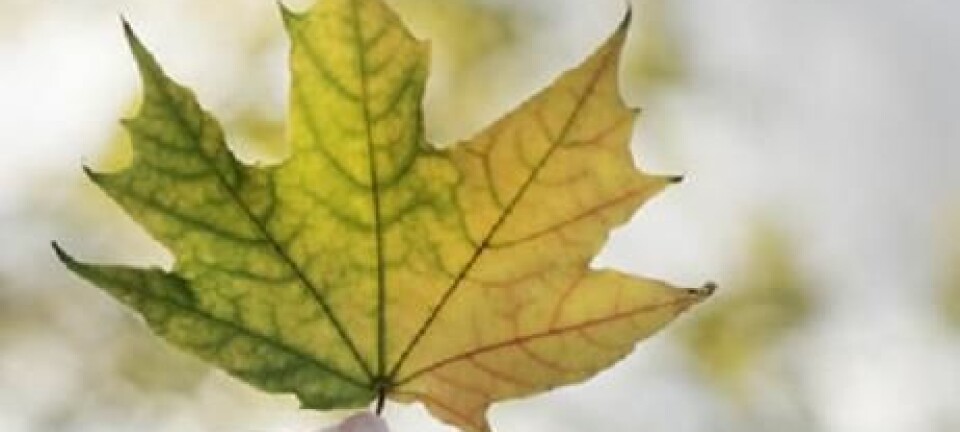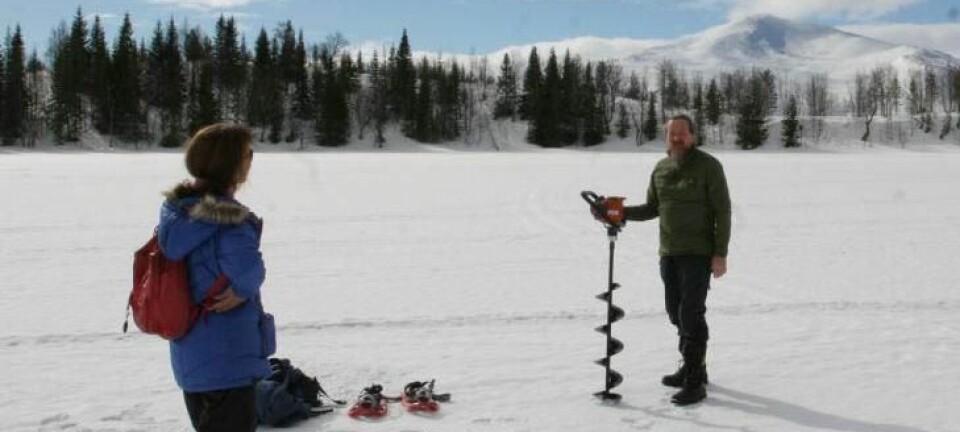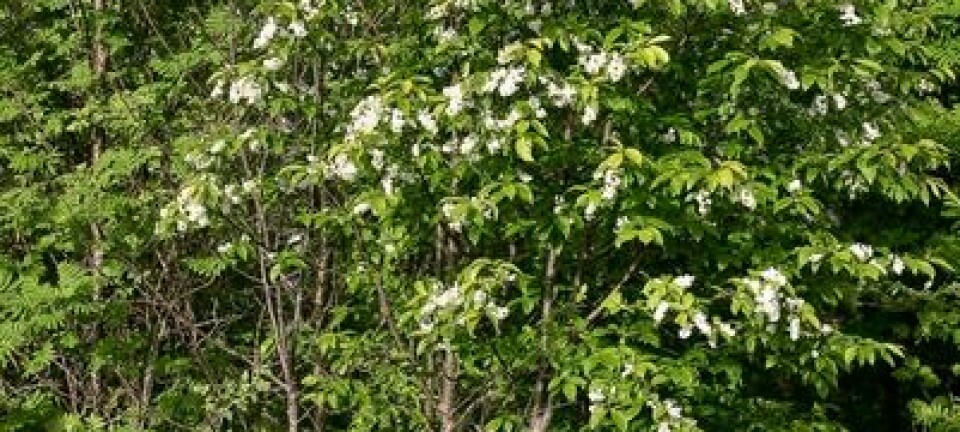
Global warming also affects palm trees
Palms are slow to adapt or disperse in response to man-made climate change. This could spell the end for several palm species.
Climate change is toughest on those who do not adapt or relocate. This is an unfortunate fact for palms, for which this process normally takes millions of years.
Their lacking ability to adapt or relocate could spell the end for many palm trees over the next 200 years as the temperatures will be rising at an even faster rate than today.
“Looking back on the palms’ evolutionary history and distribution in space and time, we see that it’s not easy for the palms to spread to new places and expand their environmental requirements. This could prove costly for them in the coming years,” says Wolf Eiserhardt, a postdoc at Aarhus University’s Department of Bioscience.
He is the co-author of a new study, published in the open-access journal Scientific Reports.
Loss of palms affects humans too
Looking back on the palms’ evolutionary history and distribution in space and time, we see that it’s not easy for the palms to spread to new places and expand their environmental requirements. This could prove costly for them in the coming years.
Wolf Eiserhardt
The loss of palms isn’t only a problem for the palms:
“People in many areas of the world rely heavily on the palms and the crops that can be harvested from them. There are 2,440 palm species in total, more than half of which are used by humans as building materials and food,” says Professor Henrik Balslev, who also took part in the study.
If the palms disappear, it will have a serious effect on many people whose lives are highly dependent on the fate of the palms.
Palms have a slow evolutionary history
The researchers have studied digital maps of the spread of all 550 American palm species – from Uruguay in the south to California in the north.
The most important thing is to prevent the loss of the palms’ natural habitats and limit the impact of climate change as much as possible. A temporary solution would be that we humans help the palms establish themselves when new territories arise that have a suitable climate for them.
Jens-Christian Svenning
These digital maps have been supplemented with data about temperatures, soil conditions and precipitation.
The researchers then compared this expanded map of the palms’ distribution with previous research into palm lineage, which gave them a broad insight into the palms’ ability to migrate and adapt.
“You would imagine that palms that have lived in America for millions of years have had plenty of time to adapt to all varieties of climate,” says co-author Jens-Christian Svenning.
“But that’s not what we observed. There is a variety of palm groups in different environments where they have evolved over millions of years without being able to colonise other environments. This is mainly due to the palms’ temperature requirements, which are crucial for their distribution and which evolve very slowly.”
Eiserhardt adds: “It also turns out that from a global perspective, the palms stick exclusively to areas with tropical and subtropical climates, despite having had 100 million years to adapt to other climates.”
Palms in the danger zone
The palms’ lacking ability to adapt may spell the end for many of them.
As the climate changes over the next 50 to 200 years, some areas will become highly unsuitable for the palm species that belong there. Since they cannot adapt that quickly, they risk a slow but certain extinction.
In the meantime, however, new areas will emerge that have conditions that are favourable for the palms. But since the palms aren’t very good at spreading to new territories, it will probably take a long time before the palms manage to adopt the new niche by themselves.
“But some of the palms are popular ornamental plants and will probably be helped along by humans by being planted in gardens and plants,” says Svenning.
Man’s casual use of palms is not likely to save many of species, but it’s not too late to make efforts to protect the many palms.
“The most important thing is to prevent the loss of the palms’ natural habitats and limit the impact of climate change as much as possible,” says Svenning.
”A temporary solution would be that we humans help the palms establish themselves when new territories arise that have a suitable climate for them.”
-------------------
Read the Danish version of this article at videnskab.dk
Translated by: Dann Vinther











